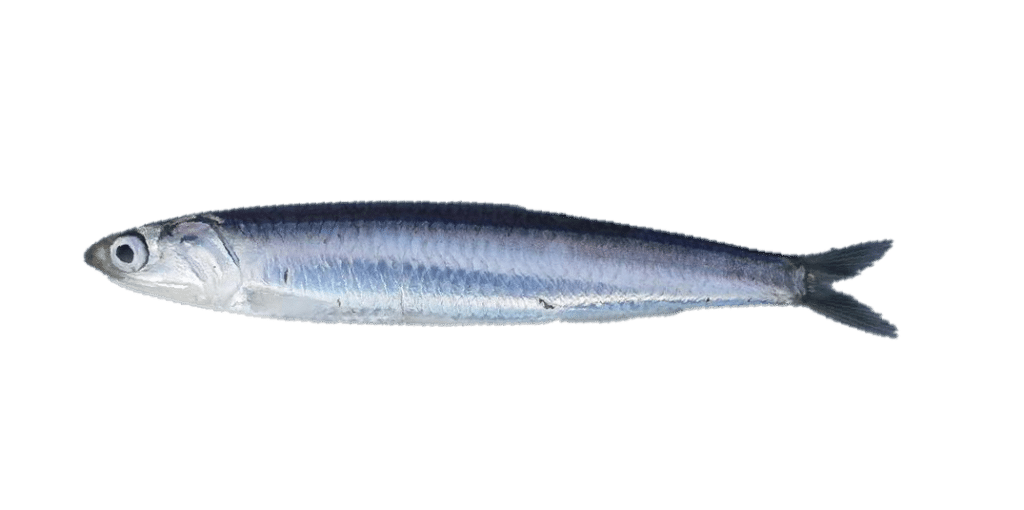
European anchovy
Engraulis encrasiolusDescription :It is easily distinguished by its deeply cleft mouth, the angle of the gape being behind the eyes. The pointed snout extends beyond the lower jaw. The fish resembles a sprat in having a forked tail and a single dorsal fin, but the body is round and slender.[citation needed] The record weight for a single fish is 49 g.[6] The maximum recorded length is 21 cm (8+1⁄8 in).[citation needed] 13.5 cm is a more typical length.
Habitat : The European anchovy is a coastal pelagic species; in summer, it usually lives in water less than 50 m deep (although, in the Mediterranean, it goes to depths of 200 m in winter), and it may go as deep as 400 m. As it is euryhaline, it can live in water with a salinity of 5–41[2] PSU (sea water salinity is usually 35 PSU[7]). It can therefore live in brackish water in lagoons, estuaries, and lakes.
They are migratory, often travelling northwards in summer and south in winter. They form large schools,[2] and may form bait balls when threatened
Distribution : European anchovies are abundant in the Mediterranean and formerly also the Black and Azov seas (see below). They are regularly caught on the coasts of Bulgaria, Croatia, France, Georgia, Greece, Italy, Albania, Romania, Russia, Spain, Turkey and Ukraine. The range of the species also extends along the Atlantic coast of Europe to the south of Norway.
Feed : European anchovies eat plankton, mostly copepods and the eggs and larvae of fish, molluscs, and cirripedes

